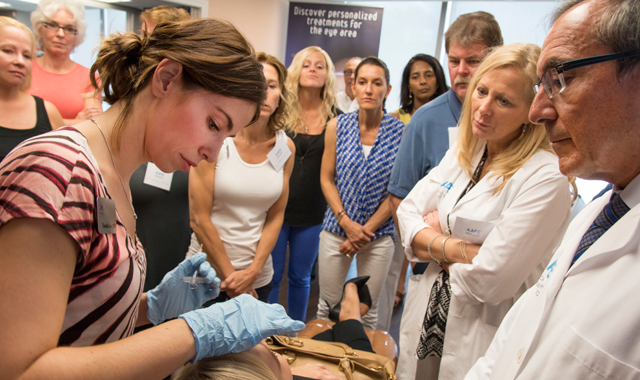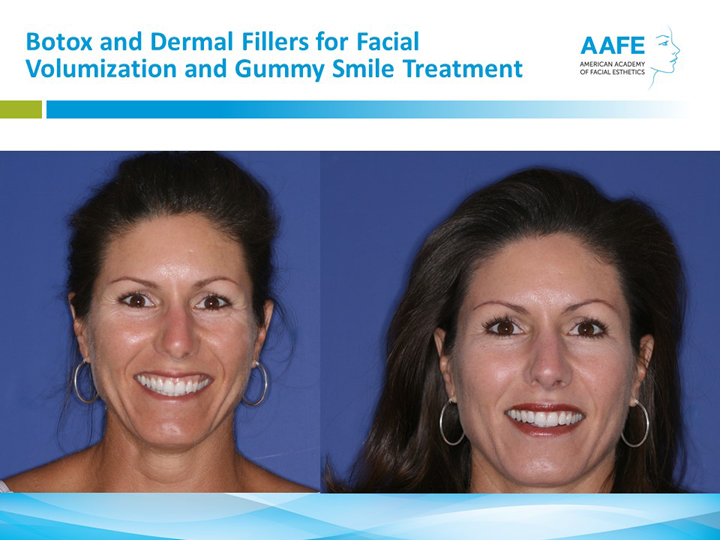How to effectively integrate new technologies and skills in your practice
Four important questions that you should ask before investing in new technology of skills-based education.

How many times over the years have you taken a course to learn a new skill or to use a new technology only to have either the skill/technology sit idle and never be used?
Every dentist reading this article probably has a junk drawer, and if you have been in practice long enough, you most likely have a junk closet. This drawer or closet is filled with dental products or equipment that you have bought over the years that for some reason you didn’t like, thereby banishing it to the junk drawer or closet.
There is an equally large virtual closet of skills and concepts you have learned that have similarly been banished. We have all made poor purchasing decisions like that before in dentistry. This has cost you a whole lot of time and money over the years, but it has been a small loss to pay as opposed to poor treatment outcomes.
In today’s era of dental technology, making a mistake when you purchase any kind of dental technology can be very costly indeed and may even bankrupt a dental practice. It’s amazing what some of the newer dental technology actually costs. The cost for some of the bigger ticket items can be $2-300,000. In the past, we used to be able to build an entire dental office for that same amount of money.
Here are some key questions to ask before you purchase any kind of dental technology or invest in skills-based education.
Is this technology or skill integrative or non-integrative?
Integrative choices of technology or skills means that the way you practice and the way your dental office operates basically stays the same and the technology that you are buying can be integrated into the way you already practice dentistry. In other words, you don’t have to change your entire office to the technology/skill, but the technology/skill adapts to you.
Soft-tissue dental lasers are a perfect example of integrative technology. Every dental office should easily have a soft-tissue laser. These are basically an electrosurge replacement, which is much more precise, state of the art and attractive to patients. Nothing else in the office has to change. The cost of soft tissue dental lasers has really come down to make this an affordable reality for most dental practices.
Botox and dermal fillers can provide excellent patient outcomes.

Botox and dermal fillers are good examples of integrative skills with the only investment being education. Once you learn these new skills, you will have these in your hands for the rest of your career. It is a new service that you can provide to your patients and completely integrates with most other dental treatment such as esthetic dentistry, implants, restorative dentistry, occlusion, bruxism and TMJ therapy.
What are the continuing costs to this technology/skill?
Many dentists make this common business mistake-they only look at the initial cost of the technology without realizing that nearly everything has continuing cost whether it is related to support, maintenance, software and hardware updates, or parts that get used up and must be continually replaced. Take a realistic look at the entire package going out three or four years while shopping around for dental technology.
Let’s go back to our examples. Soft-tissue dental lasers have the continuing cost of tips as well as software upgrades that may be included in your initial price. There is also the realization with any technology that you will soon have yesterday’s technology. Skill-wise, the only cost of using Botox and dermal fillers is the cost of the actual product, which directly relates to what patients are paying for these services, similar to any other service delivered in the dental office.
How will patients perceive this new dental technology/skill?
From a practice management standpoint, this is an extremely important question. Will the patient experience change in the dental office because of a new technology/skill? Will patients now perceive your office as being a state-of-the-art office where they want to have their dentistry done and refer their friends? If you are going to invest in a new dental technology, will you need to constantly promote this to your patients so that they get the “wow” factor or will that “wow” factor be self-evident to patients?
Soft-tissue lasers deliver the “wow” factor to patients once it is explained what it is and what it can do (bloodless surgery, faster healing, minimal trauma) if the patient needs it. As with most dental technology, it requires constant promotion to patients for them to get the “wow” out of it in terms of patients’ perceptions of your office.
Botox and dermal fillers are self-evident to most patients as they are the No. 1 and 2 most commonly requested services in the world. From the experience of thousands of American Academy of Facial Esthetics (AAFE) dentists, providing these services puts your practice on a much higher level than other practices and has one of the highest referral rates of any other procedure in a dental office.
How difficult is the new technology/skill to learn and integrate into your dental practice?
Learning curve is one of the most overlooked areas of investing into dental technology/skills. So many dentists I know have bought into a technology/skill and then either have never taken the time to learn to use it properly with their team or the learning curve is just so high on the technology that they have purchased that they then just give up on it.
In our technology example, soft-tissue lasers are among the easiest technologies to learn and integrate into any dental office. Learn how to operate the laser, what tips are available, unit maintenance, laser safety and clinical practice and you are ready to go.
In regards to skills, some of the skills necessary for proper application of Botox and dermal fillers every dentist already possesses. You know how to give injections in the face; this is just a different kind of injection. Once you learn the relevant anatomy and pharmacology, I can tell you from teaching thousands of dentists that dental professionals can be and are the most proficient professionals using Botox and dermal fillers, which can be instantly integrated into every dental practice.
I have used soft tissue dental lasers (technology) and Botox/dermal fillers (skills) as the prime examples for this article as both are excellent examples of integrative technology and skills that make perfect additions for any dental office. Both are excellent investments for any practice that will add new services for your practice, provide better than ever patient treatment outcomes, and are instantly productive with a high ROI.